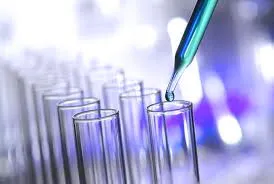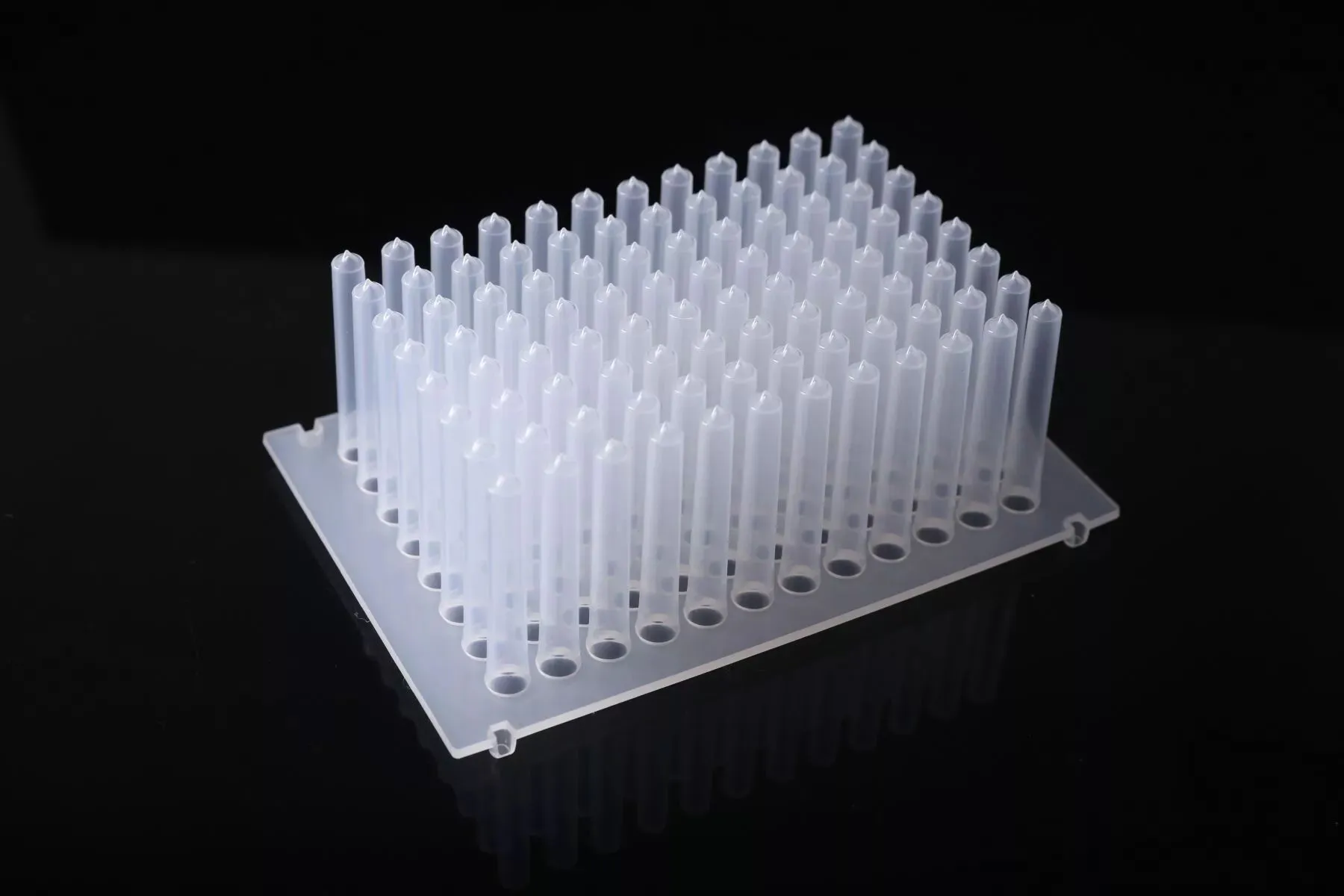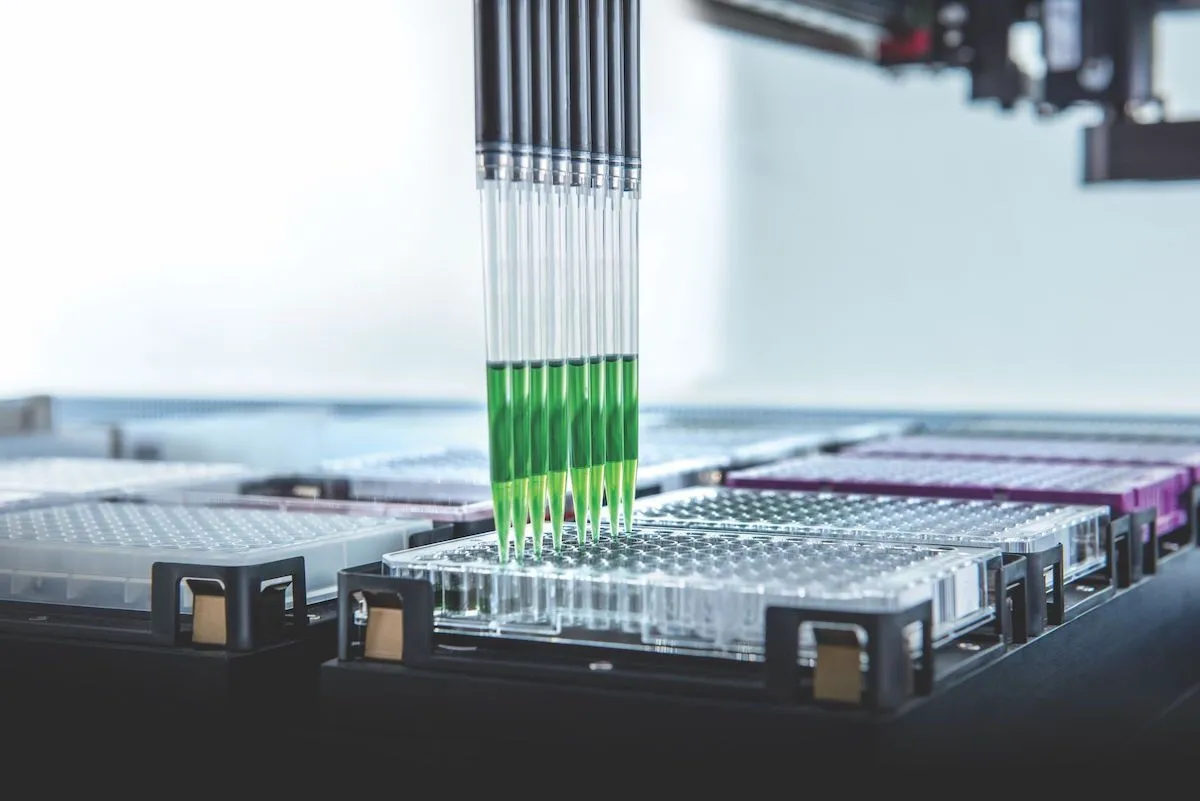Top Ten Techniques for Effective Pipetting
Dec 18, 2023
Undoubtedly, pipettes are indispensable tools in the field of biological research, boasting diverse designs tailored to numerous research applications. While many liquid handling guidelines underscore the importance of pipette maintenance, mastering pipetting techniques is equally vital. Below, we share some methods for using pipettes, encompassing ten essential techniques to enhance your pipetting skills.
-
Choose the Right Pipette and Tips:
The compatibility between pipettes and their corresponding tips is crucial for accuracy. Mismatched or low-quality pipette tips can compromise the seal between the tip and pipette, potentially leading to sample loss through leaks. Optimal pipette tips ensure a secure seal, minimizing the risk of sample loss. -
Calibrate Pipettes for Liquid Density:
If the density of the liquid differs significantly from that of water, recalibrate your pipette. When handling viscous liquids, ensure a slower pipetting speed and work in reverse pipetting mode. For volatile liquids, quick pipetting and reverse pipetting are recommended. -
Pre-Wet Tips:
To minimize sample loss due to liquid clinging to the tip walls, pre-wet the tips at least three times. This soaking method aids in establishing temperature equilibrium and introducing humidity to the dry space inside the tip. Skipping this step may affect the accuracy of dispensed volumes due to evaporation or liquid retention. -
Proper Liquid Aspiration:
Immerse the pipette tip just below the liquid surface during aspiration. Avoid excessive immersion, and maintain a brief pause in the liquid for approximately 1 second to prevent inaccuracies caused by improper aspiration. -
Pause After Each Aspiration:
Releasing the pipette plunger slowly and uniformly, with a sudden and even release, helps minimize errors. This practice is especially crucial when dealing with viscous liquids. Try to pause for one to two seconds after each aspiration to stabilize the liquid level in the tip. -
Consider Pipette Angle:
Pay attention to the pipette angle during operation, aiming for vertical aspiration to avoid tip contact with container walls, especially when handling minute samples. -
Select the Appropriate Pipetting Speed:
Maintain consistent and stable speed and pressure when handling pipettes and samples. In Rainin pipettes, designed for accuracy, two-speed settings (1 and 2) are available. Choose the appropriate speed based on your experiment and personal preference. -
Temperature Awareness:
Whenever possible, ensure that pipettes, tips, and liquids are at room temperature. Temperature changes and fluctuations in air pressure can cause air inside the pipette tip to contract or expand, potentially affecting the accuracy of liquid dispensing. Additionally, avoid excessive handling of the pipette and tips, as your body temperature may also influence dispensed volumes. After completing pipetting operations, store the pipette on a pipette stand rather than leaving it on the lab bench. -
Regular Maintenance and Care:
Routine instrument calibration and maintenance are effective measures for extending the lifespan of pipettes. It is advisable to perform regular cleaning and maintenance, as well as periodic recalibration, on a weekly or monthly basis, to enhance accuracy. -
Develop Good Pipetting Habits:
Often overlooked, the development of good pipetting habits encompasses not only proficient pipetting skills but also proper posture during pipetting experiments. Incorrect posture over prolonged periods can lead to muscle tension or strain. Address this issue by selecting ergonomic pipettes aligned with human biomechanics and cultivating proper pipetting habits.
In conclusion, pipette maintenance is an ongoing process that requires regular inspection and care to ensure the smooth operation and production of high-quality results. Emphasizing equipment upkeep and cleanliness, performing system debugging, providing employee training, implementing quality management, and continually improving pipetting techniques are essential elements for sustaining efficient pipette operation. With these measures in place, pipettes can consistently maintain optimal performance.
Previous: How to Select Various Styles of PCR Plates
Next: Managing Laboratory Costs Through Efficient Pipetting Practices



